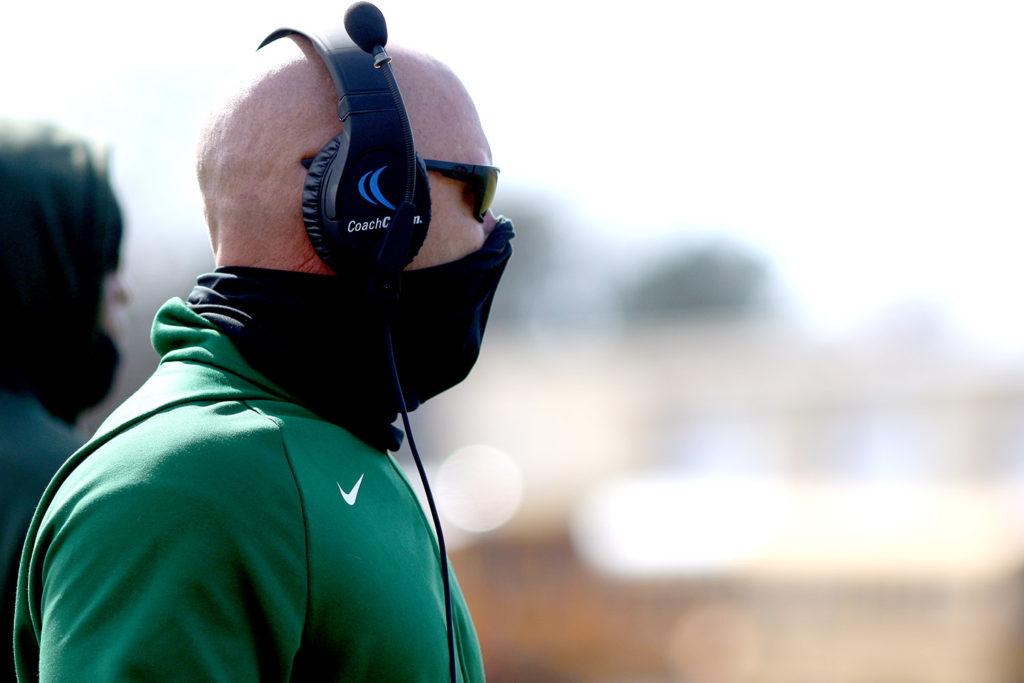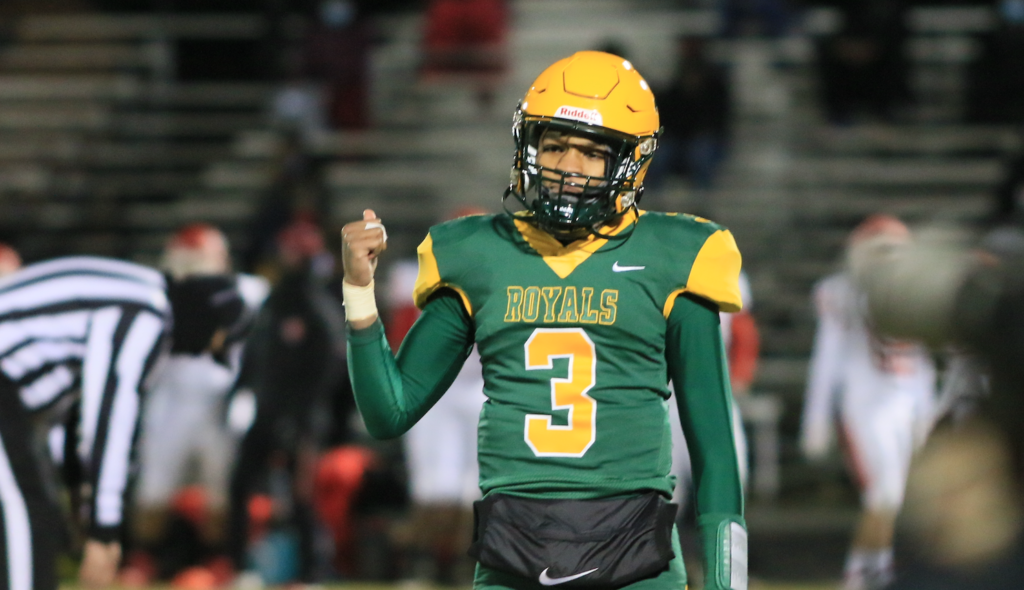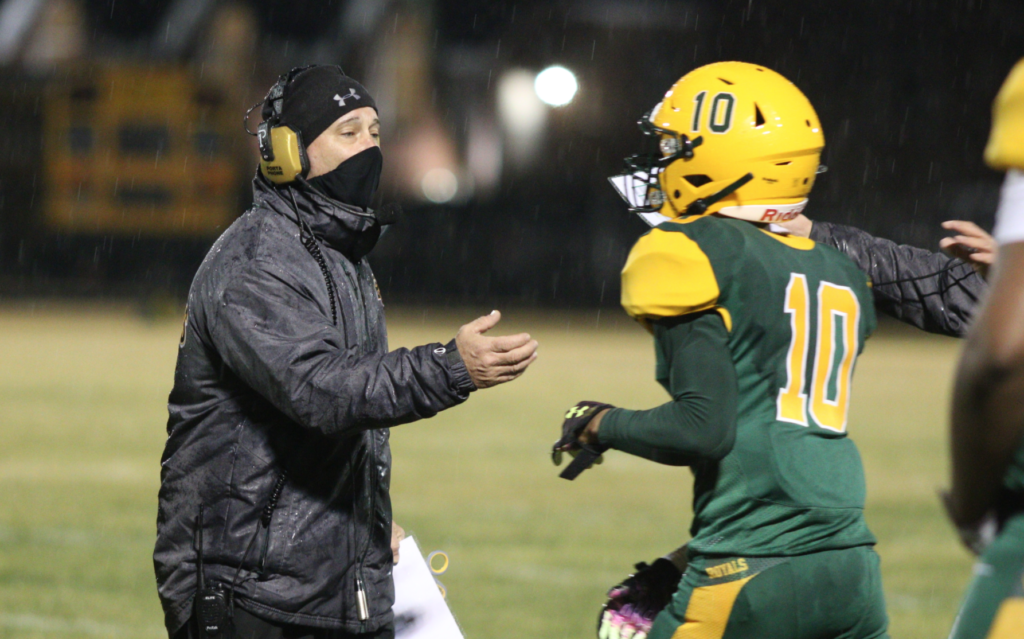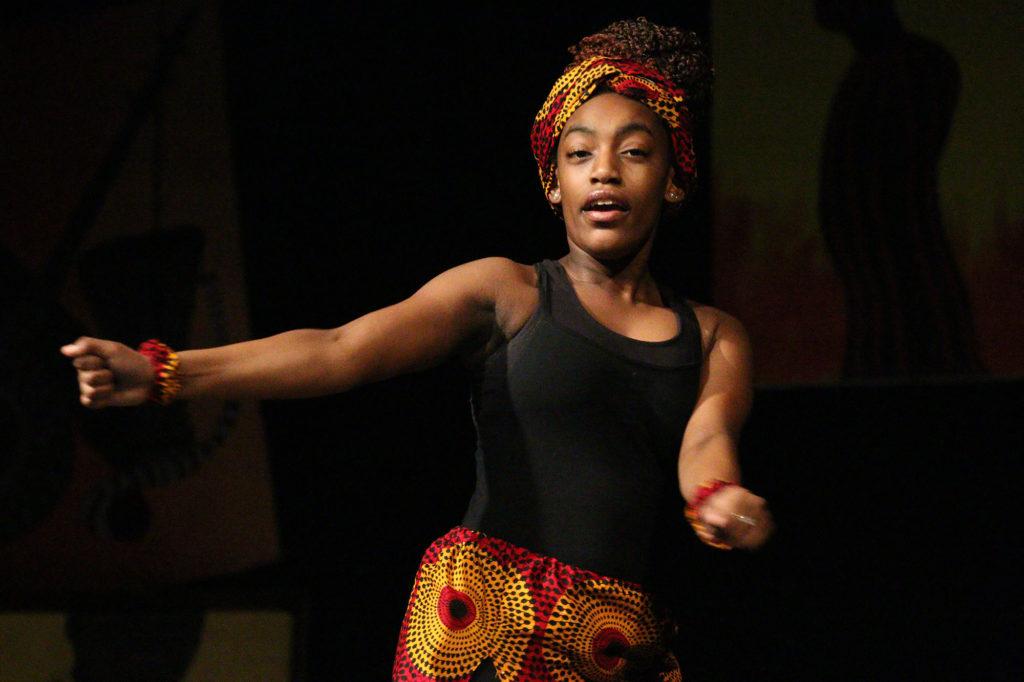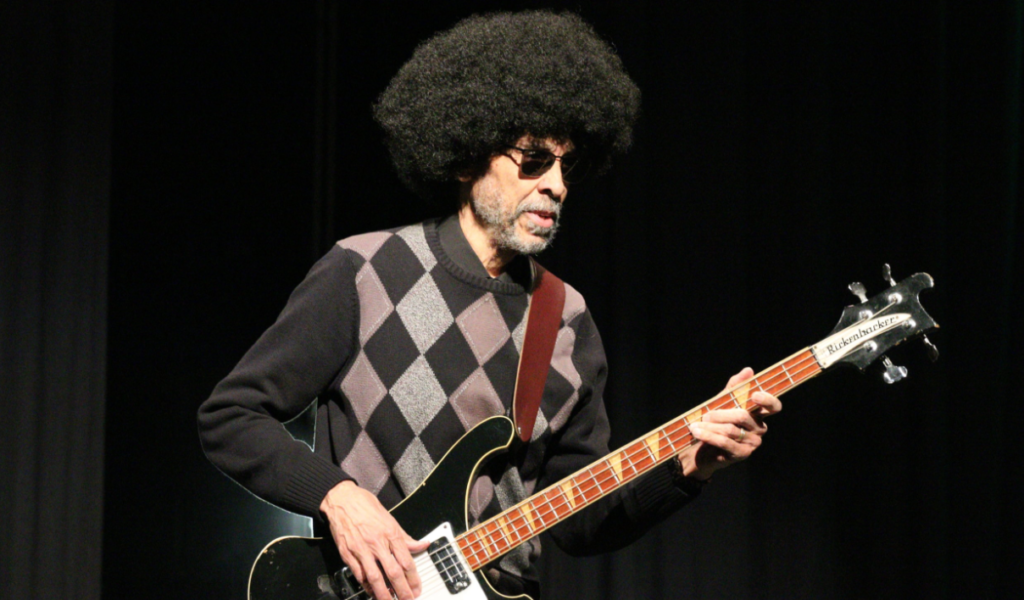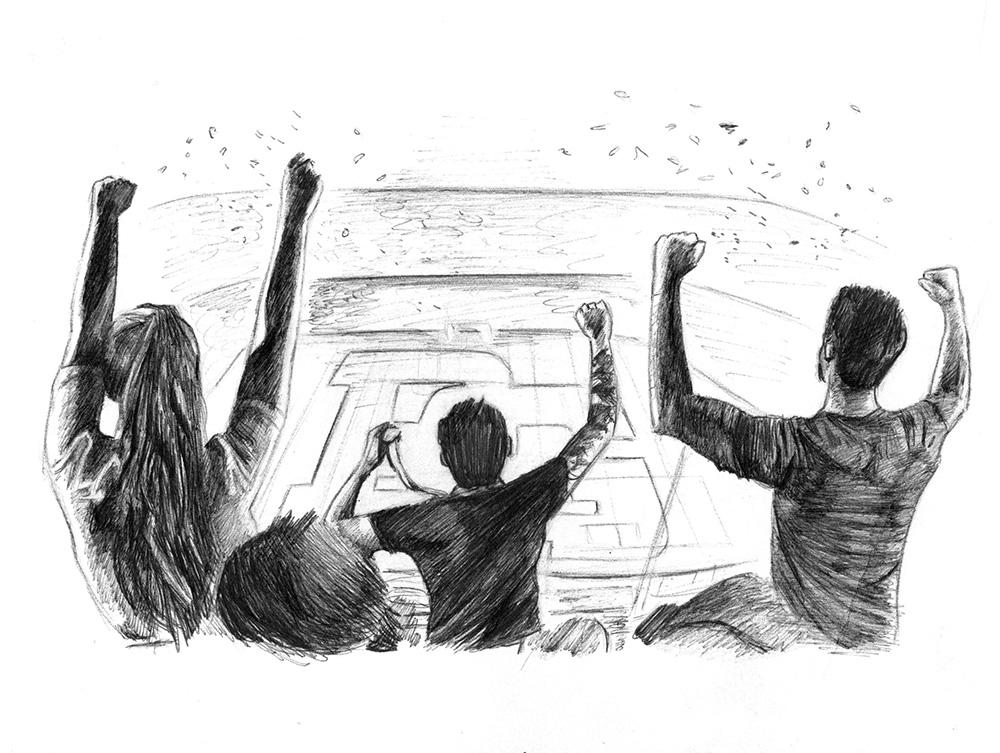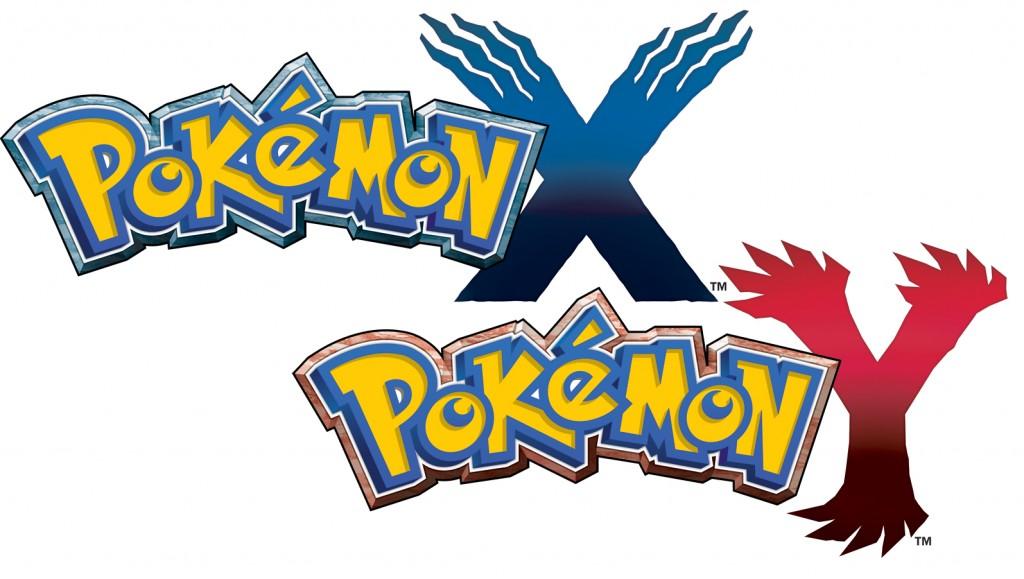 In the late ‘90s, the world was subjected to a cultural phenomenon that has yet to be duplicated across any medium. Pokémon swept the world by storm and left no stone unturned on its quest to dominate pop culture. What originated as a pair of video games on the Game Boy quickly expanded into a multimedia giant including a television series, film adaptations, a trading-card game, and even comics.
In the late ‘90s, the world was subjected to a cultural phenomenon that has yet to be duplicated across any medium. Pokémon swept the world by storm and left no stone unturned on its quest to dominate pop culture. What originated as a pair of video games on the Game Boy quickly expanded into a multimedia giant including a television series, film adaptations, a trading-card game, and even comics.
Today, the legacy continues in the form of a new pair of games named Pokémon X and Pokémon Y. This marks the first time a traditional Pokémon game has not included a color in its title. This brushing-off of tradition seeps through to nearly every facet of the experience and is a breath of fresh air for a series that is known for its glacial progression.
The most noticeable change is the shift to three-dimensional graphics facilitated by the series’ move from the Nintendo DS to the Nintendo 3DS system. The game is set in the vibrant Paris-esque region of Kalos, and the 3D effects make everything pop. The highlight of the new visuals is Pokémon battling itself, which looks absolutely stunning and has smooth animation.
Sleeker graphics are always nice, but sequels need substantial change to stay relevant. X and Y shake up the Pokémon battling system for the first time in many years with new additions to the traditional formula. The biggest change to the regular flow of battle comes in the form of Mega Evolutions. Mega Evolutions allow you to temporarily power up a Pokémon beyond its normal limits, which makes battles more strategic.
The other newest addition is the ability to directly affect your Pokémon’s Effort Values though Super Training. Effort Values were previously hidden stats that could only be calculated through intense mathematics on the player’s part, but now they are openly acknowledged and can be easily accessed by novices.
Whenever a set of Pokémon games is released, the set is classified as a new generation, which always includes new and old Pokémon alike. X and Y are the start of generation six, which has the smallest number of new Pokémon of any generation, with only 69 new additions. They make up for this with a renewed focus on generation one, which brings back fan favorites like Mewtwo.
One of the few downsides of this continual change is the series’ decline in difficulty. Pokémon has been progressively getting easier and easier, to the point where there is little challenge left. Even the once-harrowing activity of catching a Legendary Pokémon has become effortless. While this matches the kid-friendly persona and intended demographic, it alienates the hardcore fans.
Difficulty aside, Pokémon X and Y make necessary changes that give the series the renewal it needed. The experience feels fresh, but not uncomfortably different. Both veterans and newcomers alike can find something to enjoy in the latest edition of this long-running franchise.











